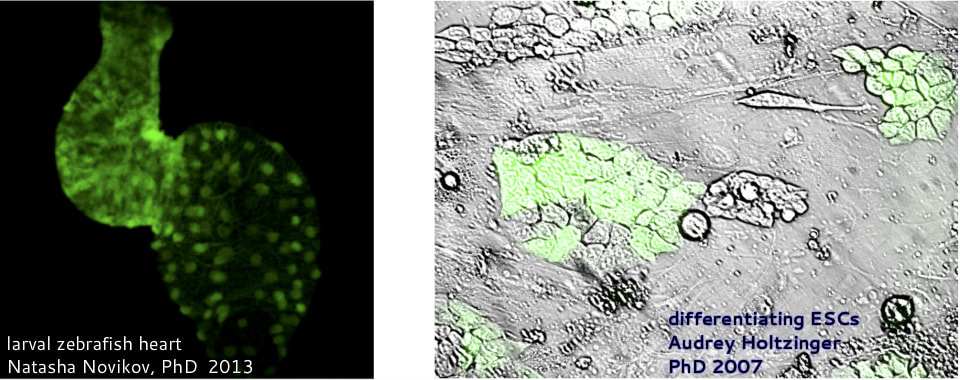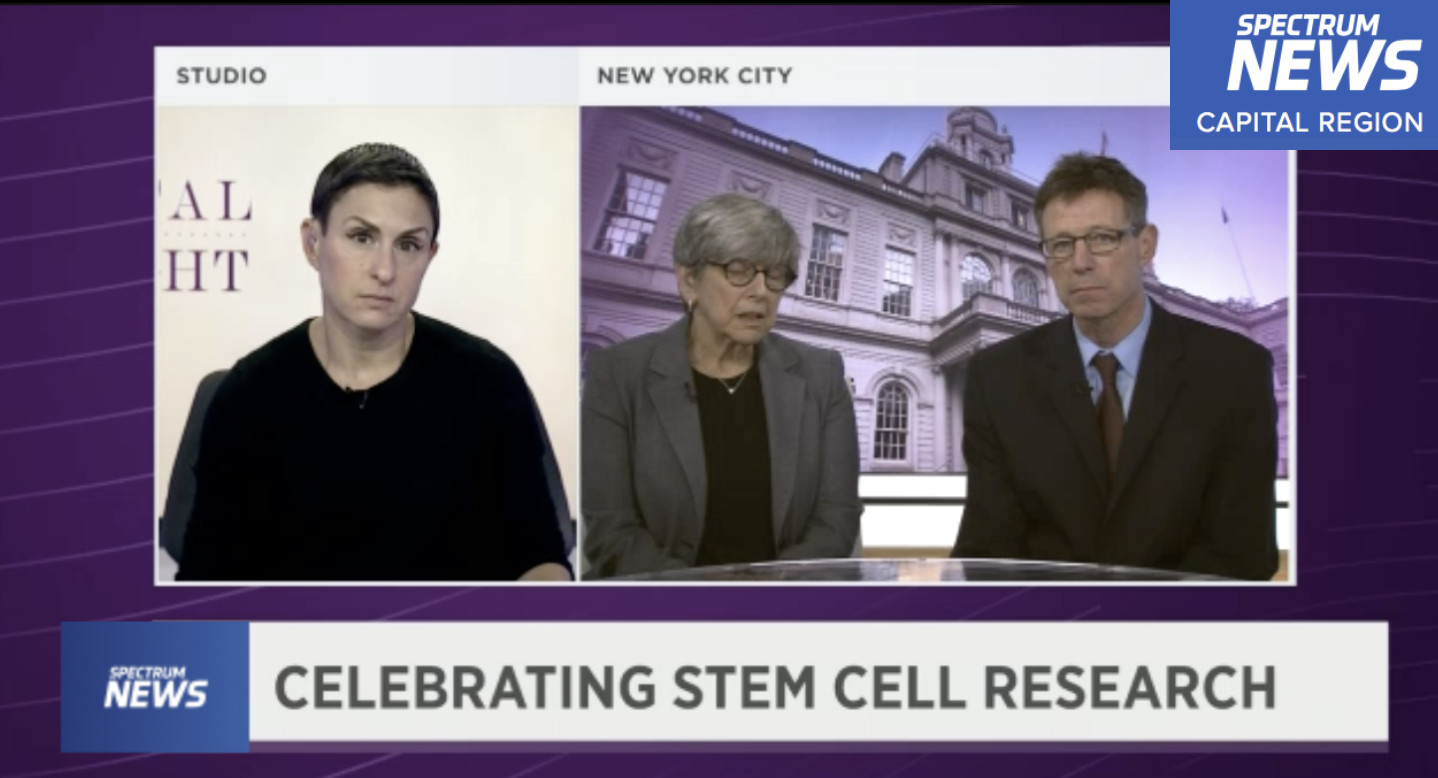From Stem Cells to Organs toward Regenerative Medicine
During embryogenesis, molecular networks direct with temporal and spatial precision the specification of stem and progenitor cell populations, the differentiation of specific cell lineages and the morphogenesis of unique and complex organs. These same pathways continue to be used throughout life to maintain organ homeostasis, and disruptions in the various components cause human diseases. As an example, GATA transcription factors regulate development and function of the hematopoietic, cardiovascular, and gut-derived organ systems, and alterations in their activities are responsible for a variety of human syndromes and diseases. We are developing novel animal and stem cell models to manipulate components of GATA and other key regulatory pathways, and to define specificity for component functions. Having first "built" organs, we believe these molecular pathways can be reemployed to enhance regeneration of injured or diseased organs. A major goal of this work is to define potential targets for treating debilitating human diseases including cancer, heart disease, liver disease, diabetes, and asthma. Learn more about the Evans Laboratory in this video.
During embryogenesis, molecular networks direct with temporal and spatial precision the specification of stem and progenitor cell populations, the differentiation of specific cell lineages and the morphogenesis of unique and complex organs. These same pathways continue to be used throughout life to maintain organ homeostasis, and disruptions in the various components cause human diseases. As an example, GATA transcription factors regulate development and function of the hematopoietic, cardiovascular, and gut-derived organ systems, and alterations in their activities are responsible for a variety of human syndromes and diseases. We are developing novel animal and stem cell models to manipulate components of GATA and other key regulatory pathways, and to define specificity for component functions. Having first "built" organs, we believe these molecular pathways can be reemployed to enhance regeneration of injured or diseased organs. A major goal of this work is to define potential targets for treating debilitating human diseases including cancer, heart disease, liver disease, diabetes, and asthma. Learn more about the Evans Laboratory in this video.


